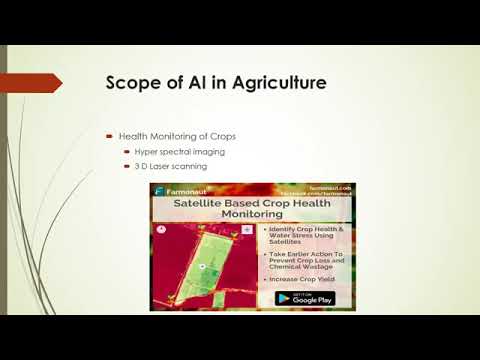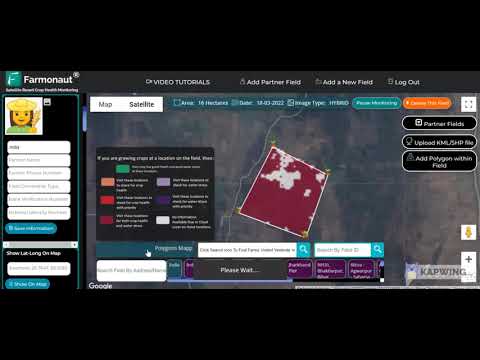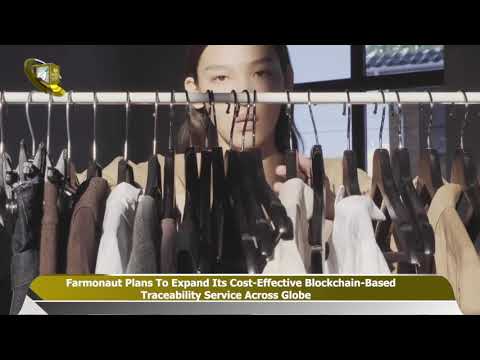EU-US Agricultural Tariffs: Navigating Trade Challenges for European Agri-Food Sector
“European wine exports account for over 70% of global wine trade by value, highlighting their significance in international markets.”
In the ever-evolving landscape of international trade, the European agri-food sector finds itself at a critical juncture, facing potential challenges from EU-US agricultural tariffs. As we delve into this complex issue, we’ll explore the intricate web of trade relations, diplomatic efforts, and policy considerations that shape the future of European agriculture in the global market.
The Current State of EU-US Agricultural Trade Relations
The relationship between the European Union and the United States in the agricultural sector has long been a cornerstone of transatlantic trade. However, recent developments have cast a shadow over this vital partnership, raising concerns about the potential impact of tariffs on European agricultural exports.
In Almería, Spain, the heart of Europe’s agricultural powerhouse, these concerns are particularly acute. As we navigate through 2025, the echoes of past trade disputes, such as the 2018 tariffs imposed by the Trump administration, still resonate within the agricultural community. The specter of new tariffs looms large, threatening to disrupt the delicate balance of international agricultural trade.
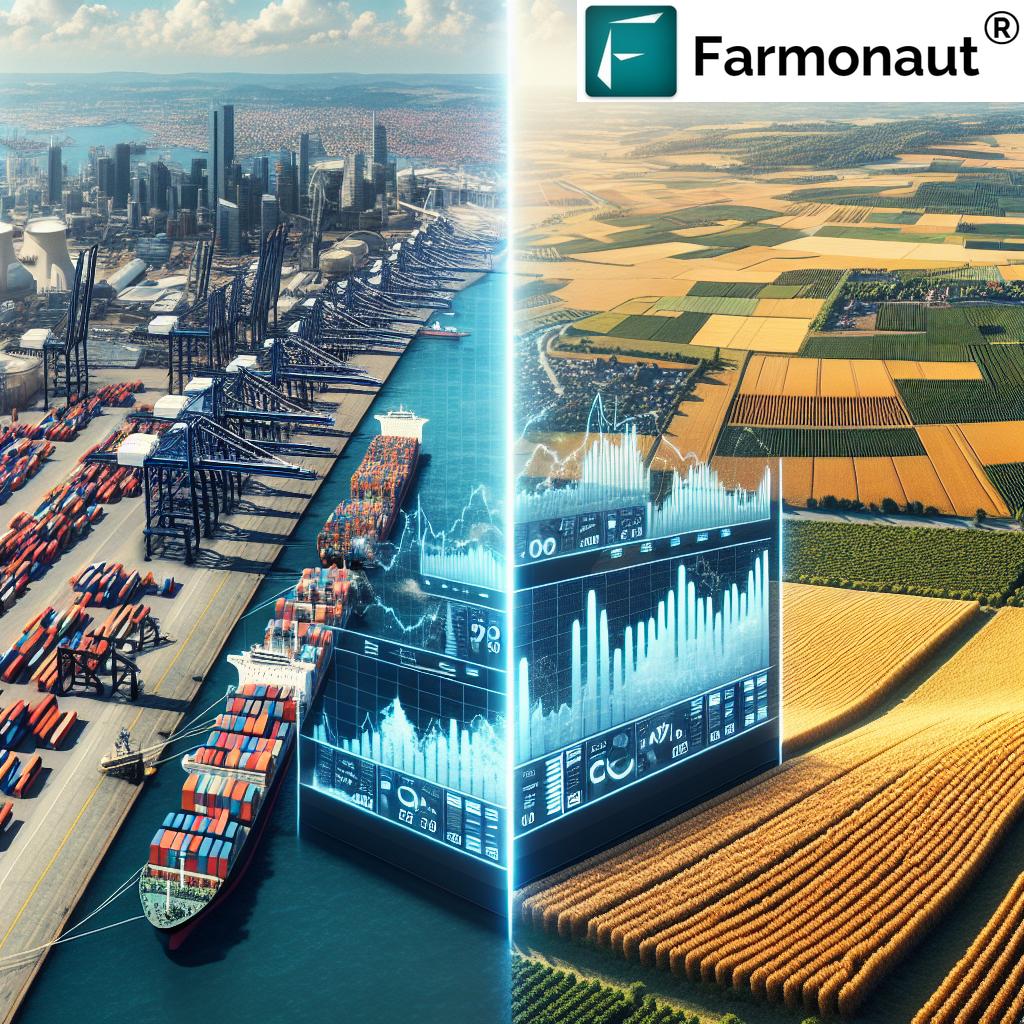
The Call for Proactive Diplomacy
In response to these challenges, there’s a growing chorus calling for proactive diplomacy to safeguard the interests of the European agri-food sector. Carmen Crespo, a prominent Member of the European Parliament and deputy spokesperson for the PPE Agriculture Commission, has emerged as a vocal advocate for this approach.
Crespo’s plea for “proactive diplomacy” from both Europe and Spain underscores the urgency of the situation. Her statement that “the world has gone crazy with tariffs and this does not benefit anyone” encapsulates the frustration felt by many in the agricultural sector. The potential imposition of tariffs on products like Bourbon whiskey could have far-reaching consequences, not just for American producers but for European winemakers as well.
The interconnectedness of global trade means that retaliatory measures often have unintended victims. As Crespo pointedly remarks, “Neither Bourbon nor came. That they leave us out to the agri-food sector, which has been pushed by commercial circumstances for many years.” This sentiment reflects the growing recognition that agricultural products should not be collateral damage in trade disputes originating in unrelated sectors like steel or aluminum.
The Importance of European Wine Exports
To understand the stakes involved, we need only look at the numbers. Spanish wine producers alone export an average of 7.5 billion euros worth of wines, spirits, and sparkling wines annually. This figure underscores the critical role that the wine industry plays in the European agricultural economy.
The potential impact of tariffs on this sector could be devastating. Not only would it affect the livelihoods of countless farmers and winemakers, but it could also disrupt longstanding trade relationships and market dynamics that have taken years to cultivate.
The Role of Common Agricultural Policy Funding
“The EU’s Common Agricultural Policy allocates approximately €55 billion annually to support Europe’s primary agricultural sector.”
At the heart of Europe’s agricultural strategy lies the Common Agricultural Policy (CAP). This cornerstone of EU agricultural policy plays a crucial role in supporting farmers and ensuring food security across the continent. As we face potential trade challenges, the importance of a robust CAP becomes even more apparent.
Crespo emphasizes the need for a “solid” multiannual financial framework to underpin the CAP budget. She advocates for allocating 800,000 million euros among the 27 EU countries to “shield” the first pillar of CAP aid. This substantial investment is seen as crucial for maintaining the competitiveness of the European agricultural sector and ensuring its long-term viability.
Balancing Agricultural Support and Defense Spending
One of the key challenges in securing adequate funding for the CAP is balancing it against other pressing needs, such as defense spending. Crespo argues that food security is as crucial as national security, stating, “If this is not so, we will have failed to the primary sector as right now, if we have to be defending ourselves and we must have security, the greatest security that exists, along with the defense, is food security.”
This perspective highlights the multifaceted nature of security in the modern world. While military defense is undoubtedly crucial, the ability to feed a nation’s population is equally fundamental to its stability and resilience.
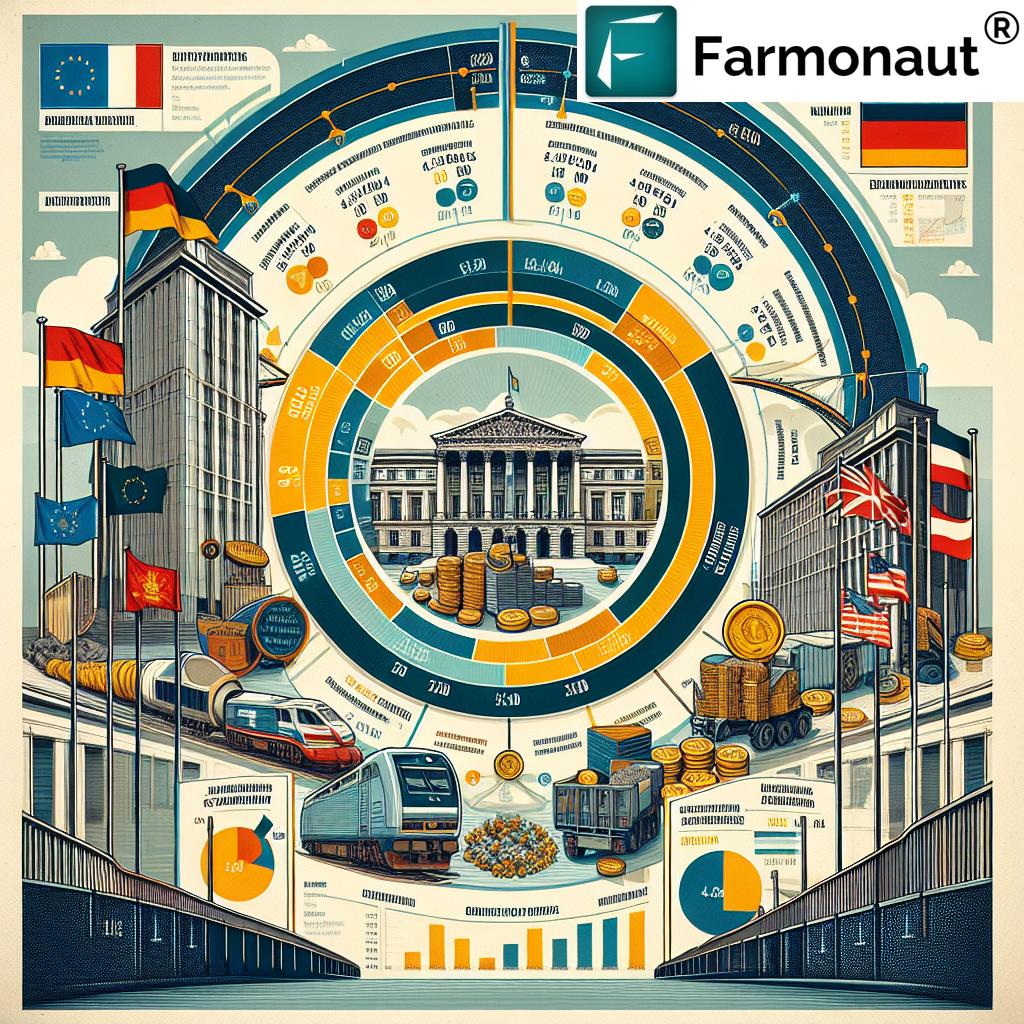
EU Trade Diplomacy and Agricultural Export Quotas
As we navigate these complex trade relationships, EU trade diplomacy plays a crucial role. The European Union’s approach to trade negotiations and quota management can significantly impact the agricultural sector’s ability to compete in global markets.
For 2025, the EU has opened duty-free or reduced-duty quotas on specific agricultural products, such as certain mushrooms and feed additives. These quotas are designed to ensure an adequate supply of these products within the EU market while also maintaining a level of protection for domestic producers.
The management of these quotas requires a delicate balance. On one hand, they provide opportunities for foreign producers to access the EU market under favorable conditions. On the other, they must be carefully calibrated to avoid undermining the competitiveness of European farmers.
The WTO Agreement on Agriculture
Underpinning many of these trade considerations is the WTO Agreement on Agriculture. This agreement, rooted in the General Agreement on Tariffs and Trade (GATT) signed in 1947 and further developed in the Agreement establishing the World Trade Organization (WTO) in 1994, sets the framework for international agricultural trade.
The provisions of this agreement take precedence in many trade disputes, highlighting the importance of multilateral cooperation in addressing agricultural trade issues. As we consider the potential imposition of new tariffs, it’s crucial to keep in mind the obligations and constraints imposed by these international agreements.
The Role of Technology in Modern Agriculture
As we grapple with these trade challenges, it’s important to recognize the role that technology plays in modern agriculture. Companies like Farmonaut are at the forefront of this technological revolution, offering innovative solutions to help farmers navigate an increasingly complex global market.
Farmonaut’s satellite-based farm management solutions provide valuable tools for farmers looking to optimize their operations and increase their competitiveness. By leveraging advanced technologies such as satellite imagery, artificial intelligence, and blockchain, Farmonaut is helping to make precision agriculture more accessible and affordable for farmers across Europe and beyond.
To learn more about how Farmonaut is revolutionizing agriculture, visit their web app or explore their API for developers.
Comparative Analysis of EU-US Agricultural Trade Relations
| Trade Aspect | Current Status | Potential Impact on EU Agri-Food Sector | Proposed EU Strategy |
|---|---|---|---|
| Tariff Rates | Variable, with potential for increase | High | Proactive diplomacy, negotiation for reduced rates |
| Export Quotas | Duty-free or reduced-duty for specific products | Medium | Strategic quota management, focus on key exports |
| Wine Exports | €7.5 billion annual average (Spain) | High | Protect wine sector from unrelated trade disputes |
| Common Agricultural Policy Funding | €55 billion annually | Medium | Secure robust multiannual financial framework |
The Path Forward: Balancing Trade and Support for European Agriculture
As we look to the future, it’s clear that navigating the challenges posed by potential EU-US agricultural tariffs will require a multifaceted approach. This strategy must balance the need for open trade with the imperative of supporting and protecting European farmers.
Key elements of this strategy should include:
- Continued emphasis on proactive diplomacy to prevent the imposition of harmful tariffs
- Strategic management of agricultural export quotas to maximize opportunities for European producers
- Robust funding for the Common Agricultural Policy to ensure the long-term viability of Europe’s agricultural sector
- Investment in technological innovation to enhance the competitiveness of European agriculture
- Careful consideration of the broader implications of trade agreements on the agricultural landscape
By addressing these areas, the EU can work towards safeguarding its agricultural interests while maintaining positive trade relations with the United States and other global partners.
The Role of Innovation in Addressing Agricultural Challenges
As we confront the complexities of international trade and agricultural policy, innovation emerges as a key factor in maintaining the competitiveness of European agriculture. Companies like Farmonaut are playing a crucial role in this innovation landscape, offering tools and technologies that can help farmers adapt to changing market conditions and regulatory environments.
Farmonaut’s satellite-based crop health monitoring, for instance, provides farmers with real-time insights into their fields’ conditions. This technology enables more efficient resource management and can help farmers optimize their yields, even in the face of challenging market conditions.
To explore how Farmonaut’s technology can benefit your agricultural operations, consider downloading their mobile apps:
The Importance of Food Security in Europe
As we navigate the complexities of international trade and agricultural policy, it’s crucial to keep in mind the fundamental importance of food security in Europe. The ability to produce sufficient food to meet the needs of the population is not just an economic consideration, but a matter of national security and social stability.
The Common Agricultural Policy plays a vital role in ensuring this food security. By providing support to farmers and rural communities, the CAP helps to maintain a robust and diverse agricultural sector across the EU. This diversity is crucial for resilience in the face of challenges such as climate change, market fluctuations, and potential trade disruptions.
As we consider the potential impact of tariffs and trade agreements, we must always keep this broader context in mind. Any policy decisions must be weighed against their potential impact on Europe’s ability to feed its population and maintain a thriving rural economy.
Conclusion: A Call for Balanced and Innovative Approaches
As we conclude our exploration of EU-US agricultural tariffs and their potential impact on the European agri-food sector, it’s clear that we face a complex and multifaceted challenge. The path forward will require careful diplomacy, strategic policy-making, and a commitment to innovation and sustainability in agriculture.
We must strive for a balanced approach that protects the interests of European farmers while maintaining positive trade relations with our international partners. This will require ongoing dialogue, flexibility, and a willingness to embrace new technologies and approaches to agriculture.
By leveraging the power of innovation, as exemplified by companies like Farmonaut, and maintaining a strong commitment to food security through robust agricultural policies, Europe can navigate these challenges and emerge with a stronger, more resilient agricultural sector.
The future of European agriculture in the global market is not without its challenges, but with careful planning, strategic investment, and a commitment to innovation, we can ensure that it remains a cornerstone of our economy and a vital contributor to global food security.
FAQ Section
- Q: What are the main concerns regarding EU-US agricultural tariffs?
A: The main concerns include potential negative impacts on European agricultural exports, particularly in sectors like wine production, and the broader implications for the EU agri-food sector’s competitiveness in global markets. - Q: How does the Common Agricultural Policy (CAP) support European farmers?
A: The CAP provides financial support to farmers, promotes rural development, and helps maintain food security across the EU. It allocates approximately €55 billion annually to support Europe’s primary agricultural sector. - Q: What role does technology play in addressing agricultural challenges?
A: Technology, such as satellite-based farm management solutions offered by companies like Farmonaut, helps farmers optimize their operations, increase productivity, and adapt to changing market conditions and environmental challenges. - Q: How important are wine exports to the European agricultural economy?
A: Wine exports are crucial, with European wine exports accounting for over 70% of global wine trade by value. For example, Spanish wine producers alone export an average of 7.5 billion euros worth of wines, spirits, and sparkling wines annually. - Q: What strategies are being proposed to protect the European agri-food sector from potential tariffs?
A: Proposed strategies include proactive diplomacy, securing robust funding for the Common Agricultural Policy, strategic management of agricultural export quotas, and investment in technological innovation to enhance competitiveness.
Earn With Farmonaut: Affiliate Program
Earn 20% recurring commission with Farmonaut’s affiliate program by sharing your promo code and helping farmers save 10%. Onboard 10 Elite farmers monthly to earn a minimum of $148,000 annually—start now and grow your income!
